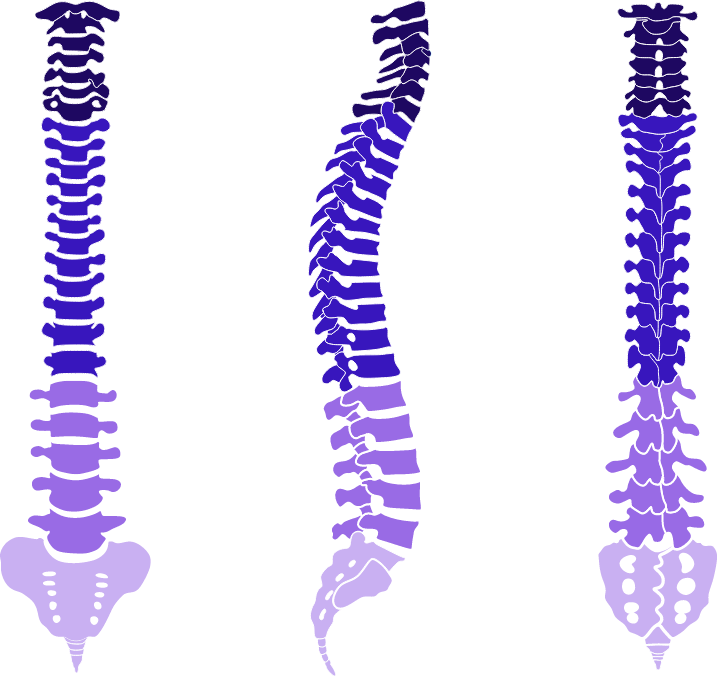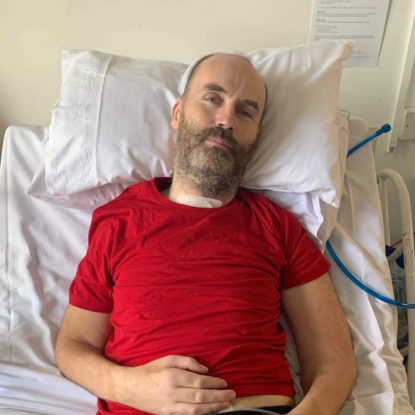Understanding the Spinal Cord
Your Body‘s Information Superhighway
The spinal cord is a vital component of our central nervous system. Carrying signals between the brain and the rest of the body it is the connection needed to help us move, feel and experience the world around us.
Unfortunately, any damage to the spinal cord can disrupt these communications, impairing critical “functions” we take for granted. How and where this damage takes place to the spinal cord will determine which functions will be affected, and how an individual’s life will change.
The spinal cord can be thought of as dividing to four main sections. Click on the green hotspot to understand more about the different levels of spinal cord injury and which functions are affected.

Cervical Spine
Imagine starting your day without the use of your arms and hands or being unable to swallow or breathe independently. Damage in this area impairs function from the neck down.
Thoracic Spine
Injury in this area can impact your ability to sit upright, dress independently or use a knife and fork at the table. These effects are addition to the function in the lumbar sacral regions.
Lumbar Spine
Suffering an injury to this area may prevent you standing, running and walking meaning that you may have to use a wheelchair to move independently. These effects are in addition to loss of f
Discover more

Community stories
Read more stories of people with a spinal cord injury and the hope they have that, one day, research will help them.
Our Research
Research facilities around the world are developing a range of cutting-edge treatment pathways, some now in clinical trial.